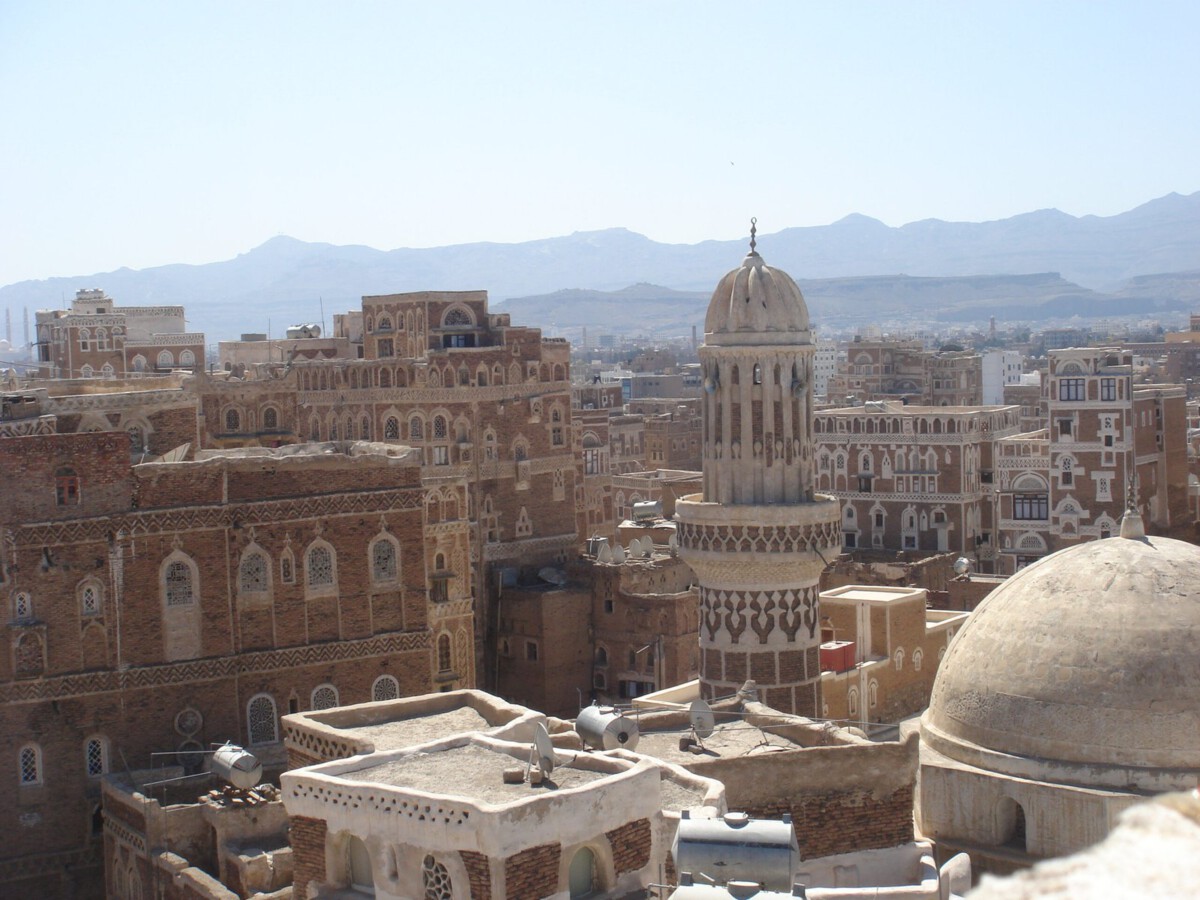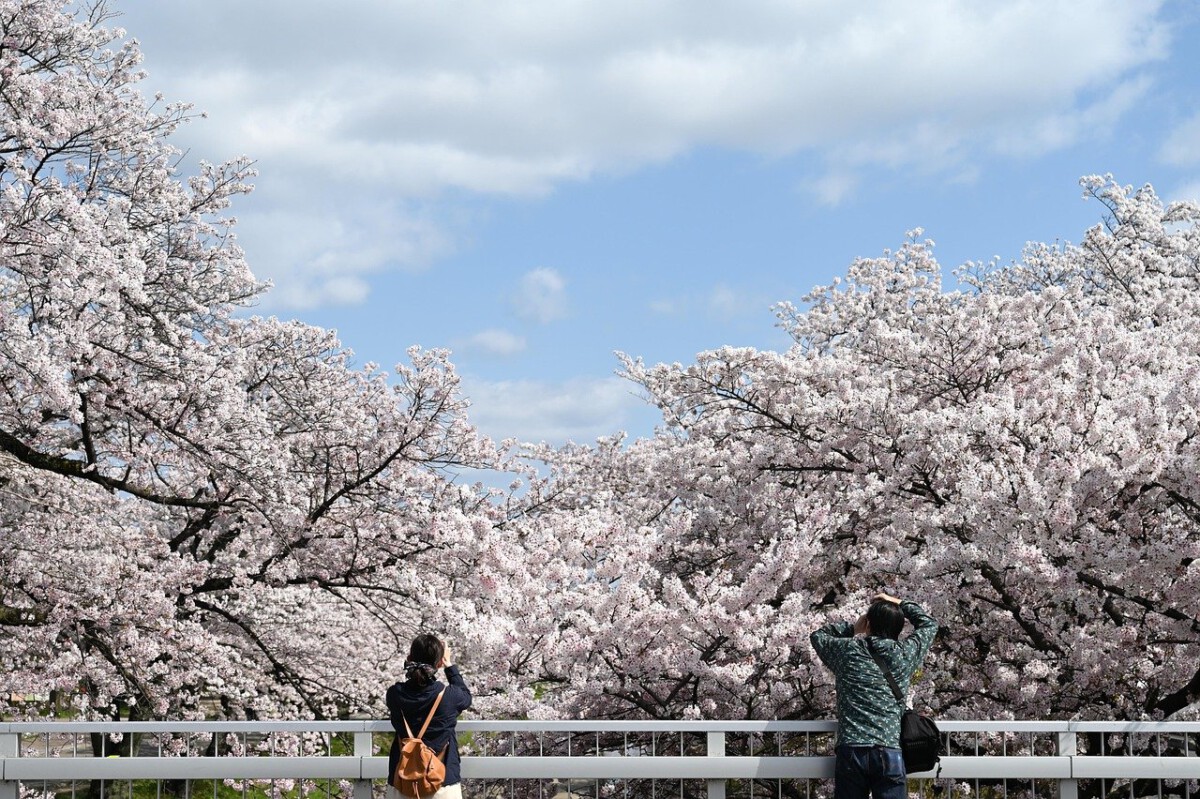Venezuela: Paradise Lost in Crisis


Venezuela’s breathtaking landscapes and vibrant culture are overshadowed by a deepening economic and social crisis. Hyperinflation has wiped out savings for locals, leaving many businesses, including hotels and tour operators, shuttered. Tourism numbers have nosedived by over 80% since 2015, according to regional tourism boards. Safety is a major concern, with the U.S. State Department and many European governments advising against travel due to high crime rates and civil unrest. Basic infrastructure—like reliable electricity and clean water—has crumbled, making travel uncomfortable and risky. Many once-popular destinations such as Angel Falls and Los Roques are now nearly abandoned. The country’s natural wonders remain, but they are increasingly inaccessible. Without drastic improvements, Venezuela may soon be a place where tourists are just a memory.
Syria: History on Hold


Syria was once a jewel for cultural and historical tourism, attracting adventurers to cities like Damascus and Aleppo. Since the onset of civil war in 2011, tourism has plummeted by over 90%, as noted in recent United Nations reports. Ancient UNESCO sites have been damaged or destroyed, and ongoing violence makes travel dangerous. Most Western nations have issued strict travel bans, leaving only a trickle of visitors—mostly journalists and humanitarian workers. The country’s infrastructure is in ruins, with many hotels and restaurants closed indefinitely. Even as some areas stabilize, the pace of reconstruction is slow and uneven. The world’s focus remains on humanitarian relief, not tourism. Until peace and safety return, Syria’s days of welcoming tourists seem far away.
North Korea: The Hermit Kingdom Shuts Its Doors


North Korea has always been enigmatic, attracting only the most curious tourists through tightly controlled tours. In recent years, visitor numbers have dropped by more than 70%, according to East Asian tourism reports. Heightened sanctions, fear of arbitrary detention, and unpredictable political moves have scared off even the bravest travelers. New government restrictions since 2023 have made it harder than ever to obtain a visa. The few foreign tourists allowed still face surveillance and strict itineraries, limiting authentic experiences. Some travel agencies have ceased operations entirely, citing security concerns and lack of demand. The country’s isolation is both a cause and effect of its dwindling tourism. Unless the regime’s stance softens, North Korea may become even more off-limits in the coming years.
Yemen: Beauty Amid Ruins


Yemen’s unique architecture and storied history, from the old city of Sana’a to Socotra Island, once drew adventurous travelers. But since the outbreak of civil war in 2015, tourism has collapsed by more than 90%, as tracked by Middle Eastern tourism authorities. Airstrikes and ground battles have destroyed many historic sites, making travel dangerous and often impossible. Nearly every Western government issues the highest level of travel warning, citing risks of violence and terrorism. Basic amenities like hotels and transport are unreliable or nonexistent in much of the country. Humanitarian needs far outweigh tourism ambitions, with international organizations warning of ongoing famine conditions. The few remaining tourism operators have pivoted to aid work or closed entirely. Yemen’s treasures now sit largely unseen by the outside world.
Libya: Ancient Ruins Out of Reach


Libya’s Mediterranean coast and Roman ruins once promised a tourism boom, but dreams have faded amid chaos. Since the civil war began in 2011, visitor numbers have plunged by over 85%, according to African tourism statistics. Ongoing violence, frequent kidnappings, and terrorism have made much of the country unsafe for foreigners. Many embassies closed years ago, and travel insurance for Libya is nearly impossible to obtain. Infrastructure has deteriorated, with airports, hotels, and roads either damaged or abandoned. The international focus is on humanitarian relief rather than rebuilding tourism. Even the famed Leptis Magna, one of the world’s best-preserved Roman cities, is now mostly off-limits. With little stability in sight, Libya remains a country tourists are unlikely to visit soon.
Central African Republic: Wilderness Wandered No More


The Central African Republic (CAR) is home to some of Africa’s most stunning wildlife and landscapes, but instability has decimated its tourism sector. In recent years, tourist arrivals have fallen by more than 90%, as reported by the African Development Bank. Armed groups control vast areas, and frequent clashes make travel risky even within cities. Governments worldwide continue to warn citizens not to visit due to kidnapping and violence. National parks and wildlife reserves, once a magnet for eco-tourists, are now mostly deserted. The few remaining tour operators focus on humanitarian or media work rather than leisure travel. Infrastructure is minimal, with unreliable roads and scant accommodations. Unless peace efforts succeed, the CAR may remain a forgotten gem for global travelers.
South Sudan: Independence, But Not for Tourists


South Sudan became the world’s newest nation in 2011, sparking hope for a fresh start, but conflict quickly dashed those hopes. The tourism sector has withered, with a drop of more than 90% in visitors since independence, according to United Nations data. Ongoing civil strife, food shortages, and mass displacement keep most foreigners away. Travel advisories from the U.S., U.K., and others label the country as extremely dangerous. Infrastructure is almost nonexistent outside the capital, Juba, making travel logistically impossible. Even sites of natural beauty, like the Sudd wetlands, are largely inaccessible. International attention focuses on peacekeeping and food aid, not tourism recovery. For now, South Sudan’s doors remain closed to all but the most determined aid workers.
Belarus: Isolation by Choice


Belarus once attracted visitors with its Soviet history, green forests, and vibrant cities, but political repression has cast a shadow. Since 2020, tourist numbers have dropped by more than 50%, according to the Belarus National Tourism Agency. Crackdowns on protests, arbitrary detentions, and media suppression have brought travel warnings from the EU, U.S., and other nations. Many Western airlines have stopped flying to Minsk, making access much harder. The government suspended visa waivers for several countries in 2023, reducing spontaneous travel. Visitors who do arrive face heavy surveillance and a lack of English-language support. The country’s reputation as “Europe’s last dictatorship” is scaring off tourists. Without changes to governance, Belarus may soon be off most travel wish lists.
Myanmar: Coup and Chaos


Myanmar was once a rising star in Southeast Asian tourism, drawing millions to temples in Bagan and the shores of Inle Lake. But the military coup in 2021 sent visitor numbers into freefall, with an 80% drop in international arrivals, according to the Ministry of Hotels and Tourism. Violent crackdowns, street protests, and the jailing of political opponents have made headlines worldwide. Most embassies now warn their citizens not to travel, citing risks of arrest and violence. Hotels and tour operators have closed or shifted focus to domestic travelers, who are themselves wary. Infrastructure has suffered from neglect and sanctions, making travel uncomfortable and unpredictable. The focus for many is simply to survive amid turmoil. Myanmar’s tourism future remains highly uncertain.
Haiti: Hope Fading on the Caribbean’s Edge


Haiti’s vibrant culture and stunning beaches once held promise, but spiraling gang violence and political instability have driven tourists away. Since 2021, tourism has dropped by an estimated 90%, according to the Caribbean Tourism Organization. Kidnappings, armed blockades, and fuel shortages have become daily realities, making even short visits risky. The U.S. and Canada have issued strong warnings against travel, and most airlines have suspended flights to Port-au-Prince. Hotels and resorts, once bustling with visitors, now stand empty or serve as shelters for displaced locals. Infrastructure is in a state of collapse, with unreliable electricity and water supplies. Aid organizations outnumber tourists in most cities. With no quick solutions in sight, Haiti’s days as a tourist destination may soon be over.



